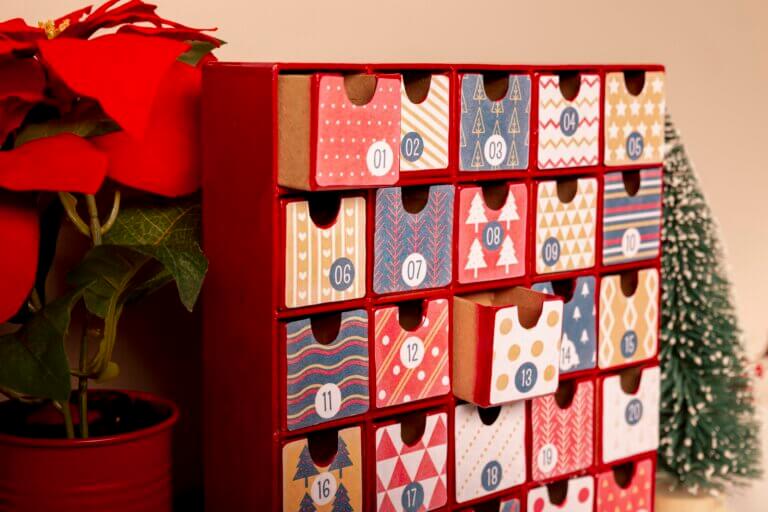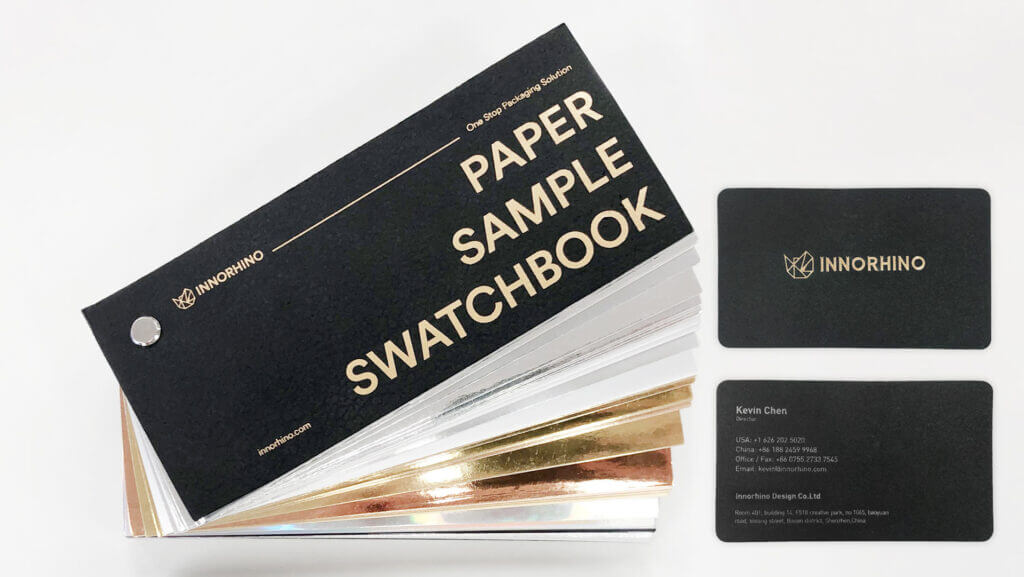Advent calendar packaging has transformed from a festive novelty into a powerful marketing and brand engagement tool. Once used primarily to count down the days to Christmas with chocolates, advent calendars are now utilized across industries—from beauty and alcohol to toys and pet products—offering an immersive, multi-sensory customer experience.
This strategic packaging format merges graphic design, industrial engineering, and consumer psychology, making it a masterclass in both form and function.
- The Allure of Advent Calendar Packaging Design
- The Psychology of Daily Delight
- Industry Applications: From Candy to Corporate Gifting
- 🍫 Sweet Success: Why Chocolate Shops Should Launch Advent Calendars
- Strategic Innovation Behind the Scenes
- Final Thoughts: Go Beyond the Box
- FAQs About Advent Calendar Packaging
The Allure of Advent Calendar Packaging Design
At the core of an advent calendar’s appeal is its ability to tell a story over time. Packaging experts view advent calendars as dynamic canvases that combine luxury aesthetics with mechanical precision.
Graphic Design That Builds Anticipation
The visual appeal of an advent calendar sets the stage for brand storytelling. Depending on the audience and price point, packaging can range from playful and whimsical to minimalist and opulent. Common design elements include:
- Seasonal color palettes (rich reds, forest greens, icy blues)
- Foil stamping and embossing for a premium finish
- Textural contrasts such as matte vs. gloss or velvet-touch coatings
- Illustrative storytelling that hints at what’s inside
These elements work together to evoke nostalgia, excitement, and brand recognition.
Industrial Design Meets Functionality
Behind the visual magic lies intricate structural engineering. Advent calendar packaging must balance:
- Durability: Secure compartments to protect fragile items
- Ease of use: Drawer or window mechanisms that open smoothly
- Precision: Die-cutting for clean edges and accurate placement
- Sustainability: Recyclable, compostable, or reusable materials
Modern calendars often include modular compartments, magnetic closures, or refillable inserts, making them both innovative and eco-conscious.
The Psychology of Daily Delight
The advent calendar taps into the psychological power of delayed gratification. By offering a new surprise every day, it creates a series of micro-moments that:
- Encourage repeat engagement
- Build emotional connections with the brand
- Reinforce brand affinity and recall
This “unboxing ritual” not only elevates the perceived value of the product but also turns consumers into brand advocates through social sharing and word-of-mouth.
Industry Applications: From Candy to Corporate Gifting
Advent calendar packaging has evolved far beyond its confectionery roots. Today, it’s a versatile promotional format used across many industries:
Beauty & Cosmetics
Brands like Sephora, L’Occitane, and Charlotte Tilbury use advent calendars to feature mini skincare and makeup items. It’s a clever way to introduce new products and drive full-size purchases post-holiday.
Alcohol & Beverages
Craft beer brands and distilleries create tasting journey calendars—one miniature bottle per day—to engage enthusiasts and collectors alike.
Fashion & Accessories
Luxury houses like Dior or Chanel design ornate calendars with miniature perfumes, jewelry, or accessories, reinforcing their high-end image and gifting appeal.
credit:https://ellieandpiper.com/products/fill-your-own-dog-advent-calendar
Pets
Calendars with daily treats or toys for pets are growing in popularity, particularly among millennial pet owners who love indulging their furry friends.
B2B & Corporate Gifting
Businesses are now using custom advent calendars for client appreciation campaigns. Each day may reveal a branded item, discount code, or personalized message—turning client engagement into a daily ritual.
🍫 Sweet Success: Why Chocolate Shops Should Launch Advent Calendars
For chocolate shops, advent calendars represent the perfect fusion of tradition and innovation. In fact, chocolate was the original advent calendar filler—making this format an authentic and emotionally resonant offering.
Why It Works:
- Built-In Tradition: Chocolate advent calendars are instantly recognizable and widely accepted as part of the holiday season.
- High Gifting Potential: Perfect for friends, families, colleagues, and children.
- Daily Sensory Joy: Chocolate delights all five senses—especially when paired with elegant packaging.
- Scalable Product Development: From small shops to luxury chocolatiers, advent calendars can be adapted to fit various production scales.
[See our Case study] Case Study – Cocoa Éclat
Strategic Innovation Behind the Scenes
Creating an effective advent calendar requires cross-functional collaboration across:
- Marketing: Concept and storytelling alignment
- Product Development: Sizing, assortment planning
- Supply Chain & Fulfillment: Timely, cost-effective production
Seasonal calendars also benefit from:
- Limited-edition runs to drive urgency
- Customizable or refillable versions for year-over-year reuse
- Data-driven insights to optimize SKU selection and packaging materials
The result is more than just packaging—it’s a branded experience with measurable ROI.
Final Thoughts: Go Beyond the Box
Advent calendars are more than festive novelties—they’re branded experiences that combine design, psychology, and strategy to captivate audiences and drive sales. Whether you’re launching a new product or deepening customer relationships, this format offers a memorable, tactile journey through your brand.
FAQs About Advent Calendar Packaging
A. They create emotional engagement through anticipation, storytelling, and exclusivity, making them ideal for product discovery and brand loyalty.
A. Small-sized items, samples, and collectibles—especially those with variety or novelty appeal—are most successful.
A. Yes. Many brands use recycled paper, reusable compartments, or even compostable inserts to minimize environmental impact.
A. Ideally, design and production should begin at least 6–9 months in advance to account for prototyping, testing, and manufacturing timelines.
A. Absolutely. Corporate calendars strengthen client relationships by offering personalized, thoughtful touchpoints throughout the season.
Ready to design your own unforgettable advent calendar packaging? Let our packaging experts help bring your vision to life—on time, on budget, and on brand.








